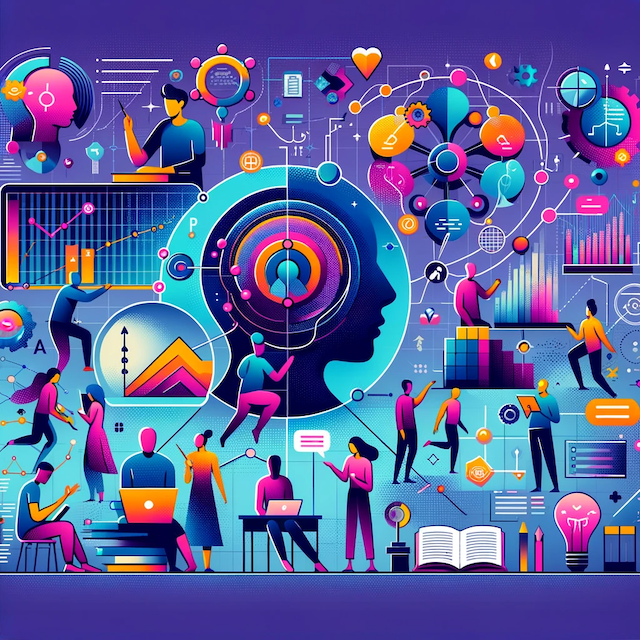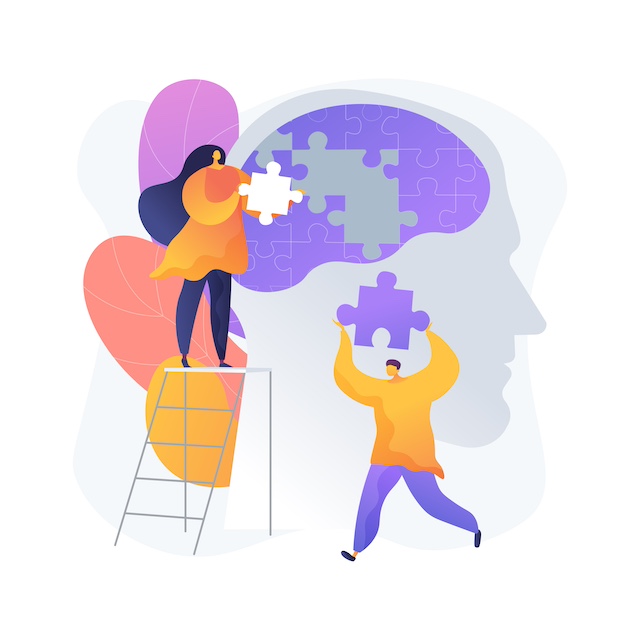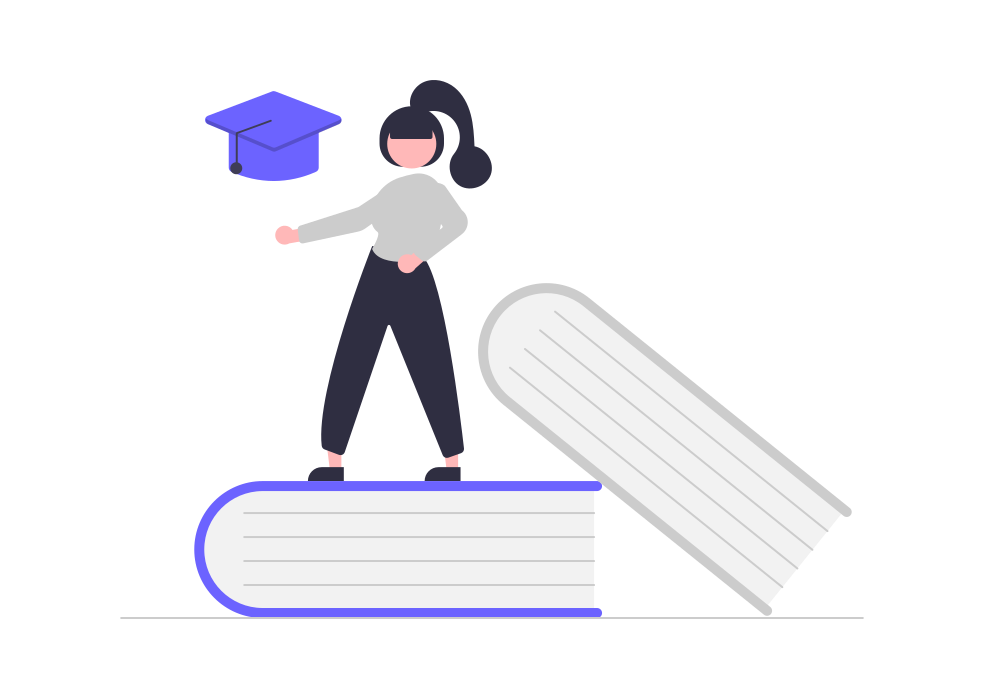The global workforce training industry is slated to reach $380.7 billion by the end of 2023, with businesses spending over $1,280 to upskill an employee.
Since hiring is a costly endeavor and companies have to spend a minimum of $4,700 to onboard an employee, they deem it more cost-effective and beneficial to identify the skills in demand, determine where their workforce is falling short, and employ training methods accordingly.
However, a one-size-fits-all traditional learning approach is hardly providing satisfactory results. So, businesses are experimenting with adaptive learning to upskill their employees and enhance their performance amidst technological advancement.
What is Adaptive Learning, and How Can Businesses Adopt It?

Traditional training methods, like the Learning Management System (LMS), follow a classroom approach wherein a guide or instructor prepares the material and lectures the viewers, assuming they will soak up the information promptly.
Unfortunately, the style’s inflexibility and reliance on physical meetings have made it less popular among human capital, making it difficult for them to develop new skills. After all, no two employees are the same, meaning their training needs are also completely different.
This is where adaptive learning comes in.
Adaptive teaching is a training approach that uses innovative technologies, like artificial intelligence (AI), to provide custom learning and development opportunities. This ensures each employee’s unique learning needs and demands are met.
Under this dynamic learning strategy, all your employees might begin from the same starting point but take completely different paths to master the course. Its USP is it offers a flexible learning style and allows the trainees to grasp the new material at a pace they’re comfortable with.
This is made possible by the underlying software that constantly monitors a trainee’s knowledge, behavior, and familiarity with the training resource to tweak their learning journey automatically.
The tailored adjustments to the training material, pathways, assessments, and resources make it easier for an employee to learn new skills and apply them in their current roles. Better yet, this style offers detailed feedback, letting learners course correct in real-time.
Though all this sounds good on paper, how does adaptive learning actually work?
How does adaptive learning work?
Suppose a company wants to train two employees, Max and Maureen, to take over leadership roles in the near future. It decides to move forward with adaptive learning to ensure both have an enjoyable experience that prepares them for their upcoming responsibilities.
Now, Maureen is a visual learner and requires real-life simulations to excel, whereas Max is a good listener and needs a descriptive audio guide to learn new skills.
The underlying technologies like AI, Virtual Reality (VR), and Augmented Reality (AR) gather this data, consider their past experiences, understand their preferences, and identify the learning gaps.
This allows it to automatically adjust courses and assessments accordingly to ensure each learner receives the training and guidance they truly need without feeling left out or playing catch up.
Think of this dynamic data-driven learning strategy as your favorite streaming or shopping app recommending shows and products based on your buying preferences and past behavior.
The adaptive learning model acknowledges unique training needs and provides e-learning opportunities that allow learners to hone their existing skills and develop new ones at a pace they’re comfortable with.
Besides customization, adaptive learning:
- saves time,
- facilitates instant feedback,
- improves information retention,
- supports faster evaluations,
- improves employee engagement, and
- increases productivity in the workplace.
Due to these reasons, it’s growing at an increasing pace and is expected to reach a valuation of $8.63 billion by 2030. But how can you adapt this personal learning style in your organization to train your employees? Let’s find out.
4 Ways businesses can employ adaptive learning for workforce training

Adaptive learning is a great way to upskill your employees per the need of the hour, provide them with fulfilling learning and development opportunities, retain and engage them, and gain a competitive advantage. So, if you want to employ this learning strategy in the workplace, follow the tips listed below.
A personalized approach will work only if the e-learning material doesn’t sound like a monotonous robot tasked with reading the text on the screen. While you can get a human to read the text (similar to an LMS), it can be quite expensive and time-consuming, as you’ll have to get numerous pages recorded.
So, why not use a human-like AI voice generator for an immersive experience instead? An AI voice generator software can help you convert written text into high-quality speech quickly.
Moreover, you can choose among 400 male and female real-life voices (or record it in your voice, if you fancy that) in over 120 languages with varied nuances to add character to your training videos.
The best part, though? You don’t have to be a technology wizard or know your way around microphones for this to work. All you need to do is:
- choose the use case— workplace training,
- pick a voice you think would do justice to the content. A French-based individual would be the best candidate if your employees are trying to master French rather than a Brit trying their impersonation. Simply determine the course material and choose a voice that would best resonate with it.
- finally, select a language, and you’ll be set.
The natural quality of speech, quick turnaround, and customization options will help you save money and minimize the video production time. If you’re not ready to commit yet, take the software for a test drive for free to make an informed decision.
Since adaptive learning is all about making the e-learning content more accessible for the learners, ensure the video is actually accessible to all types of learners—ones requiring visual cues or having hearing issues.
But adding subtitles to a video can be a time-consuming and effort-intensive process, with you trying to match the umlaut for various dialects and accents just so. However, there’s a workaround.
Partnering with a competent media production transcription brand will allow you to transcribe your videos in more than 60 languages without worrying about pesky details like dialects or accents.
Simply outline your needs for an e-learning video, mention any special requests you may have, and leave it to the pros. The production company will handle the technicalities and offer unique solutions to your problems, helping you streamline the entire workflow.
The cherry on top? You don’t have to wait long for the transcribed videos. The subtitling company will ensure your projects are turned around quickly without compromising the quality.
Despite your best efforts and quality audio and subtitles, your e-learning course will fail to have an impact if the course is lackluster. So, conduct research and develop innovative solutions to make the content more engaging and easy to retain. Try to draw examples from real-life examples as much as possible.
For instance, if you’re designing a leadership course, mention instances that would click with people and make it easier for them to retain a particular lesson’s teaching. If possible, give examples of inspiring leaders at the office to let them picture the lesson in their minds, not just on the screen.
The same goes for the assessments. Don’t make it dull and easy to fly through. Come up with thought-provoking questions in a story-based format that would make it necessary for the learners to ponder upon the solution and put them in the protagonist’s shoes.
Remember, the goal here isn’t just to upskill your workforce. It’s to align your employee’s best interests with the business to future-proof it and boost the bottom line.
Keep an eye on your employee’s progress. This will allow you to measure the course’s success and determine if adjustments are needed. Moreover, recognize the learner’s strengths and weaknesses and mentor them so they can hone their skills and work on their weak spots.
Keep your door open and eyes peeled to help anyone uncomfortable with asking for help, and then teach them how to reach out when they need support. Motivate your employees as a manager to help them succeed.
You could also provide feedback on a one-on-one basis, but that might be best served after the training sessions are complete and you can clearly gauge everyone’s performance.
To ensure your employees receive the feedback they need after every lesson, include an actionable summary for each learner at the end of each lesson. Admittedly, you’ll have to consider multiple scenarios and include helpful feedback that doesn’t seem generic, but it’ll be worth it in the long haul.
Adaptive learning can transform workplace training
Adaptive learning will help businesses design training resources that consider varied learners and their learning preferences. The method leverages content-based filtering to adjust e-learning lessons per the learner’s requirements and enables you to save time and effort.
Further, the emphasis on personalization ensures the money you spend training your employees offers a significant ROI (return on investment). Your employees will gain new skills, feel appreciated, and be fluent with current processes and technologies while your business will gain an edge.
